Home>Garden Essentials>How Deep To Plant Mint Seeds
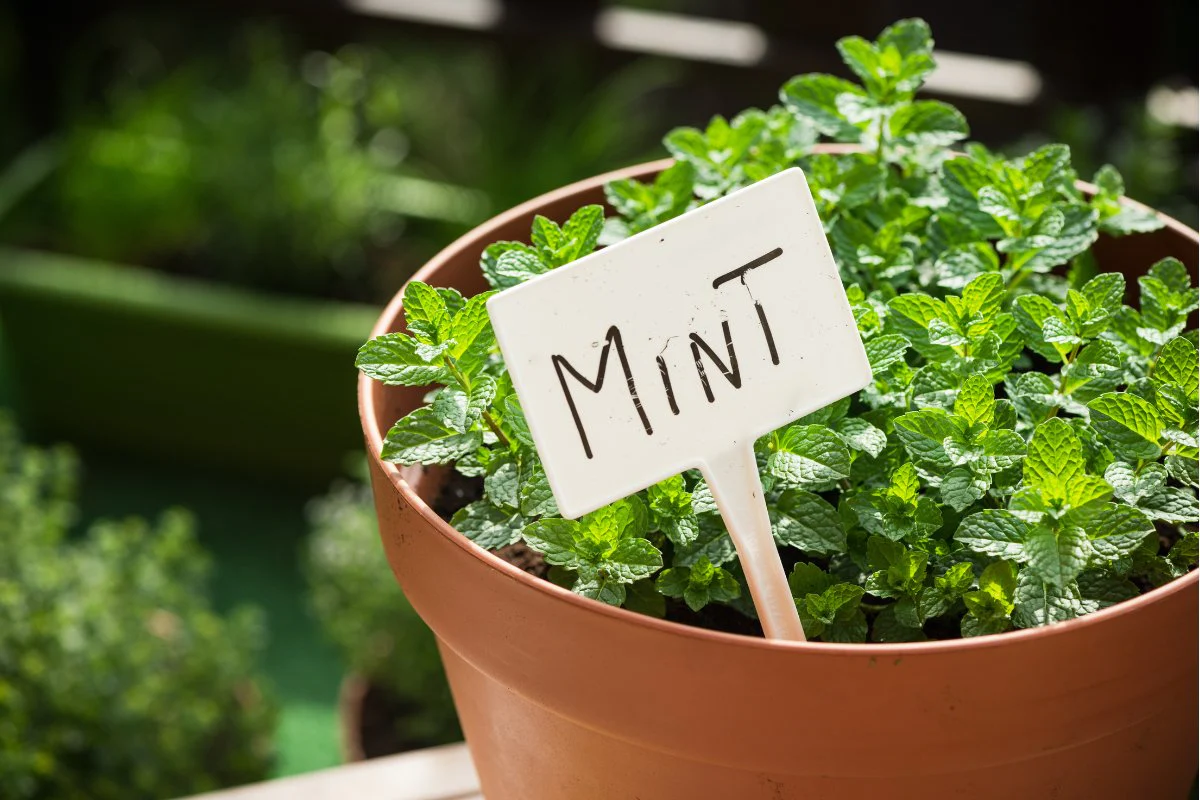

Garden Essentials
How Deep To Plant Mint Seeds
Modified: August 25, 2024
Discover the perfect depth for planting mint seeds in your garden. Learn expert tips and tricks for successful mint cultivation.
(Many of the links in this article redirect to a specific reviewed product. Your purchase of these products through affiliate links helps to generate commission for Storables.com, at no extra cost. Learn more)
Introduction
Welcome to the wonderful world of gardening! Whether you’re an experienced green thumb or just starting out, there’s something exciting about watching plants grow from tiny seeds into flourishing plants. And if you’re considering planting mint in your garden, you’ve made an excellent choice!
Mint, with its aromatic leaves and refreshing scent, is a versatile herb that can be used in a variety of culinary and medicinal applications. From adding a zing to your meals to soothing an upset stomach, mint is a valuable addition to any garden.
One critical aspect of successfully growing mint from seeds is understanding the optimal planting depth. Properly planting your mint seeds ensures that they receive the right conditions to germinate and grow into healthy plants. In this article, we will dive deep into the topic of how deep to plant mint seeds, exploring the factors to consider, the planting steps, and essential tips for caring for your mint plants.
So, let’s roll up our sleeves, put on our gardening gloves, and get ready to learn everything there is to know about planting mint seeds!
Key Takeaways:
- Plant mint seeds ¼ to ½ inch deep for best growth. Consider seed size, soil drainage, and climate for successful germination and healthy plants.
- Care for mint plants by providing consistent moisture, sunlight, and regular pruning. Avoid common mistakes like overwatering and neglecting division for thriving mint.
Read more: How To Plant Mint Seeds
What Are Mint Seeds?
Mint seeds, also known as herb seeds, are small, dry, and dormant structures that contain the genetic material necessary for growing mint plants. These seeds are produced by mature mint plants and serve as a means of reproduction for the species.
Mint seeds are typically obtained by collecting the dried seed pods from mature mint plants or by purchasing them from seed suppliers or nurseries. Mint seeds come in different varieties, including peppermint, spearmint, chocolate mint, and more, each with its unique flavor profile and characteristics.
These tiny seeds may not look like much, but they contain all the necessary components to sprout and develop into a fully grown mint plant – provided they receive proper care and conditions.
It’s important to note that mint is a hardy perennial herb, meaning it can survive for several years and produce new growth annually. However, it’s worth mentioning that some varieties of mint, such as spearmint, may produce seeds that are not true to type. This means that the resulting plants may not have the exact characteristics of their parent plants.
Now that we have a basic understanding of mint seeds let’s delve into the recommended planting depth for these tiny powerhouses!
Finding the Right Planting Depth
Choosing the appropriate planting depth is crucial for the successful germination and growth of mint seeds. While mint seeds can tolerate a range of planting depths, experts recommend planting them at a depth of about ¼ inch to ½ inch (6-12 mm) below the soil surface.
Mint seeds are relatively small, and planting them too deep may hinder their ability to break through the soil and reach the sunlight necessary for germination. On the other hand, planting them too shallow may cause them to dry out quickly or be disrupted by the elements.
When determining the planting depth, consider the size of the mint seeds and their specific requirements. Smaller seeds, like mint seeds, generally require shallower planting depths compared to larger seeds.
Additionally, take into account the soil conditions. Mint prefers well-draining soil. If your soil holds excessive moisture, planting the seeds slightly shallower can help prevent waterlogged conditions that could hinder germination and increase the risk of seed rot.
It’s also worth noting that mint is a fast-growing herb with vigorous root systems. Planting the seeds at a moderate depth allows the roots to establish well in the soil without being too close to the surface, which can make them susceptible to drought and other environmental stressors.
Lastly, consider the climatic conditions in your region. If you live in an area with hot, dry summers, planting the seeds slightly deeper can provide them with a little more insulation and protection from the scorching sun.
Overall, to find the right planting depth for your mint seeds, aim for a depth of ¼ inch to ½ inch (6-12 mm) below the soil surface, ensuring they have enough access to sunlight while being well-anchored in the soil.
Now that we have an understanding of the recommended planting depth, let’s explore the factors to consider when planting mint seeds.
Factors to Consider
When deciding on the planting depth for your mint seeds, there are several factors to take into consideration. These factors can influence the germination success, growth rate, and overall health of your mint plants. Let’s explore some of these important factors below:
- Seed Size: Mint seeds come in different sizes, and larger seeds may require slightly deeper planting compared to smaller seeds. Consider the size of your mint seeds when determining the ideal planting depth.
- Soil Conditions: The type and condition of your soil can impact the planting depth. Mint thrives in well-draining soil, so ensure that your soil has good drainage to prevent waterlogged conditions that could harm the seeds.
- Climatic Conditions: The climate in your region can affect the planting depth. If you live in an area with hot and dry summers, planting the seeds slightly deeper can provide insulation and protection from extreme temperatures.
- Moisture Levels: The moisture levels in your soil can also influence the planting depth. If your soil tends to dry out quickly, planting the seeds slightly deeper can help them maintain moisture and prevent drying out.
- Seed Quality: The quality of the mint seeds themselves is important, as older or damaged seeds may have lower germination rates. It’s best to use fresh, high-quality seeds to increase your chances of successful germination.
- Direct Sowing vs. Transplanting: You can choose to sow mint seeds directly into the garden or start them indoors and later transplant them. Direct sowing may require a slightly deeper planting depth compared to transplanting, as it allows the seedlings to establish well from the beginning.
Considering these factors will help you determine the appropriate planting depth for your mint seeds and create favorable conditions for their growth.
Now that we understand the important factors to consider, let’s move on to the steps involved in planting mint seeds.
Plant mint seeds about 1/4 inch deep in well-draining soil. Keep the soil consistently moist but not waterlogged. Place in a sunny spot for best results.
Steps to Plant Mint Seeds
Planting mint seeds is a straightforward process that requires a few simple steps. Follow these steps to ensure optimal germination and growth of your mint plants:
- Prepare the soil: Choose a sunny location in your garden with well-draining soil. Remove any weeds, rocks, or debris from the area and loosen the soil with a garden fork or tiller.
- Sow the seeds: Sprinkle the mint seeds evenly over the prepared soil surface. Aim for a spacing of about 6-12 inches (15-30 cm) between each seed to allow room for the plants to grow.
- Cover the seeds: Gently cover the seeds with a thin layer of soil, aiming for a planting depth of about ¼ inch to ½ inch (6-12 mm). Lightly press down on the soil to ensure good seed-to-soil contact.
- Water thoroughly: After planting, water the area gently but thoroughly to ensure the soil is evenly moist. Avoid overwatering, as excessive moisture can lead to seed rot or fungal diseases.
- Provide consistent moisture: Throughout the germination and seedling stage, it’s crucial to keep the soil consistently moist. Water the area regularly, especially during dry periods, but avoid waterlogging the soil.
- Thin out seedlings (optional): If germination is successful and the plants start to grow crowded, consider thinning out the seedlings to provide adequate space for each plant. You can transplant the extra seedlings or use them in your culinary endeavors!
- Apply mulch: Once the mint plants are established, apply a layer of organic mulch around them to help retain soil moisture, suppress weeds, and regulate soil temperature.
- Maintain proper care: Regularly water your mint plants as needed, ensuring they receive about 1 inch (2.5 cm) of water per week. Prune the plants regularly to encourage bushy growth and harvest the fresh leaves as desired.
By following these simple steps, you’ll give your mint seeds the best chance to sprout and develop into thriving plants that will provide you with a bountiful harvest of delicious and aromatic leaves.
Now that you know how to plant mint seeds let’s move on to the next section where we’ll discuss essential tips for caring for your mint plants.
Read more: How Deep To Plant Coneflower Seeds
Caring for Mint Plants
Once your mint plants have sprouted and started to grow, they require proper care to ensure their health and vitality. Here are some essential tips for caring for your mint plants:
- Watering: Mint plants prefer consistently moist soil. Water them regularly, especially during dry spells, to keep the soil evenly moist. Avoid overwatering, as mint is susceptible to root rot in waterlogged conditions.
- Sunlight: Mint plants thrive in full sun to part shade. Place them in an area where they receive at least 4-6 hours of direct sunlight per day. Insufficient sunlight may result in weaker growth and less flavorful leaves.
- Fertilization: Mint plants generally do not require heavy fertilization. However, you can provide a light application of balanced organic fertilizer in the spring to promote healthy growth. Avoid over-fertilizing, as it may lead to excessive leaf growth with reduced flavor.
- Pruning and Harvesting: Regular pruning helps maintain the bushy growth and improves the flavor of the leaves. Pinch off the tops of the plants regularly to encourage branching and prevent them from becoming leggy. Harvest the leaves as needed, but avoid removing more than one-third of the plant at a time.
- Pest and Disease Control: Mint plants are generally resistant to major pests and diseases. However, they can occasionally be affected by aphids, spider mites, or fungal diseases. Monitor your plants regularly and take appropriate measures, such as handpicking pests or using organic insecticidal soap if necessary.
- Container Gardening: Mint plants have a tendency to spread rapidly and can become invasive. To control their growth and prevent them from taking over your garden, consider growing mint in containers. Choose a large pot with good drainage and place it in a sunny spot. Remember to water and fertilize container-grown mint regularly.
- Dividing: Over time, mint plants can become overcrowded and lose their vigor. Every few years, consider dividing the plants to rejuvenate them. Dig up the plants, separate the root clumps, and replant the divisions in fresh soil.
- Winter Protection: Mint is a hardy perennial, but some varieties may benefit from added winter protection, especially in colder regions. Applying a layer of mulch around the base of the plants in the fall can help insulate the roots and protect them from freezing temperatures.
By following these care tips, you can ensure that your mint plants remain healthy and productive, providing you with a steady supply of fresh, aromatic leaves for your culinary endeavors.
Now, let’s move on to the final section where we’ll discuss common mistakes to avoid when planting and caring for mint.
Common Mistakes to Avoid
While growing mint can be relatively easy, there are a few common mistakes that gardeners make when planting and caring for mint plants. By being aware of these mistakes, you can avoid potential pitfalls and ensure the success of your mint garden. Here are some common mistakes to avoid:
- Planting mint in the wrong location: Mint plants require full sun to part shade. Avoid planting them in areas with excessive shade or where they may compete with other plants for resources.
- Not providing adequate drainage: Mint prefers well-draining soil. Planting mint in heavy or poorly drained soil can lead to waterlogged conditions, which can cause root rot. Ensure that the soil is well-draining or consider growing mint in containers.
- Overwatering: While mint plants prefer consistently moist soil, overwatering can lead to root rot and other diseases. Water the plants when the top inch of soil feels dry, and avoid allowing water to accumulate around the plant base.
- Underestimating mint’s spreading tendency: Mint is known for its vigorous growth and tendency to spread rapidly through underground runners called rhizomes. Planting mint in open ground without any form of containment can lead to invasive spreading. Use barriers like plastic edging or grow mint in containers to control its growth.
- Waiting too long to harvest: Mint plants produce the best-flavored leaves when harvested regularly. Leaving the leaves on the plant for too long can result in a decline in flavor and quality. Harvest the leaves regularly, pinching off the tops, to encourage bushy growth and continuous production.
- Not pruning or controlling the growth: Mint plants can become leggy and less productive if not regularly pruned. Failing to pinch back or prune the plants can result in weak growth and reduced leaf production.
- Using chemical pesticides or herbicides: Mint plants are sensitive to chemical pesticides and herbicides. Avoid using these harsh chemicals near mint plants, as they can damage or kill them. Instead, opt for organic and environmentally friendly pest control methods.
- Not dividing overcrowded plants: Over time, mint plants can become overcrowded, resulting in reduced vigor and productivity. Neglecting to divide the plants every few years can lead to poor growth and a decline in flavor. Divide and replant the mint plants to promote their health and vigor.
- Planting different mint varieties too close together: Different mint varieties can cross-pollinate and produce hybridized plants. To maintain the specific characteristics and flavors of each variety, plant different varieties at a sufficient distance to prevent cross-pollination.
By avoiding these common mistakes, you can ensure the successful growth and maintenance of your mint plants, allowing you to enjoy their aromatic leaves and versatile uses for years to come.
Now that we’ve covered the common mistakes, let’s wrap up our discussion.
Conclusion
Congratulations! You’re now equipped with the knowledge and understanding of how to plant and care for mint seeds. Mint, with its delightful aroma and versatile uses in cooking and herbal remedies, is a fantastic addition to any garden.
Remember, when planting mint seeds, it’s important to find the right planting depth, typically around ¼ inch to ½ inch (6-12 mm) below the soil surface. Factors such as seed size, soil conditions, climate, and moisture levels should be considered to ensure successful germination and healthy plant growth.
By following the steps outlined in this article, you can plant your mint seeds with confidence, providing them with optimal conditions for growth. Once your mint plants are established, ensure you care for them by providing consistent moisture, proper sunlight exposure, and regular pruning.
Be mindful of common mistakes, such as planting mint in the wrong location, not providing adequate drainage, overwatering, underestimating its spreading tendency, waiting too long to harvest, and neglecting pruning and division. Avoiding these mistakes will help you maintain healthy and productive mint plants in your garden.
Whether you choose to grow mint in open ground or in containers, always enjoy the benefits of fresh mint leaves in your culinary creations, beverages, or herbal remedies. The refreshing taste and delightful aroma of homegrown mint will surely elevate your dishes and bring a sense of satisfaction to your gardening experience.
So, get your hands dirty, plant those mint seeds, and watch as your garden becomes infused with the wonderful essence of this versatile herb. Happy gardening and bon appétit!
Frequently Asked Questions about How Deep To Plant Mint Seeds
Was this page helpful?
At Storables.com, we guarantee accurate and reliable information. Our content, validated by Expert Board Contributors, is crafted following stringent Editorial Policies. We're committed to providing you with well-researched, expert-backed insights for all your informational needs.

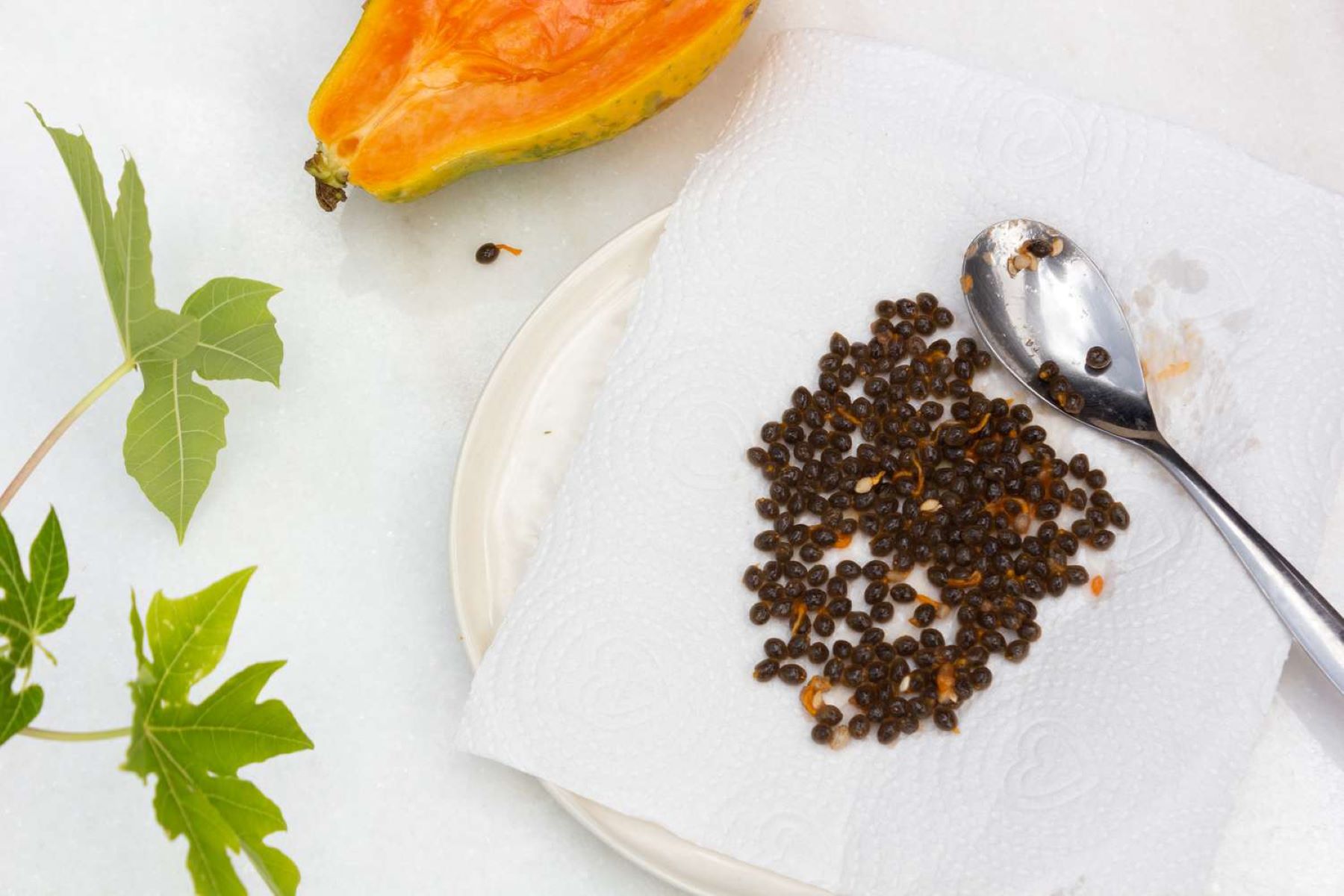
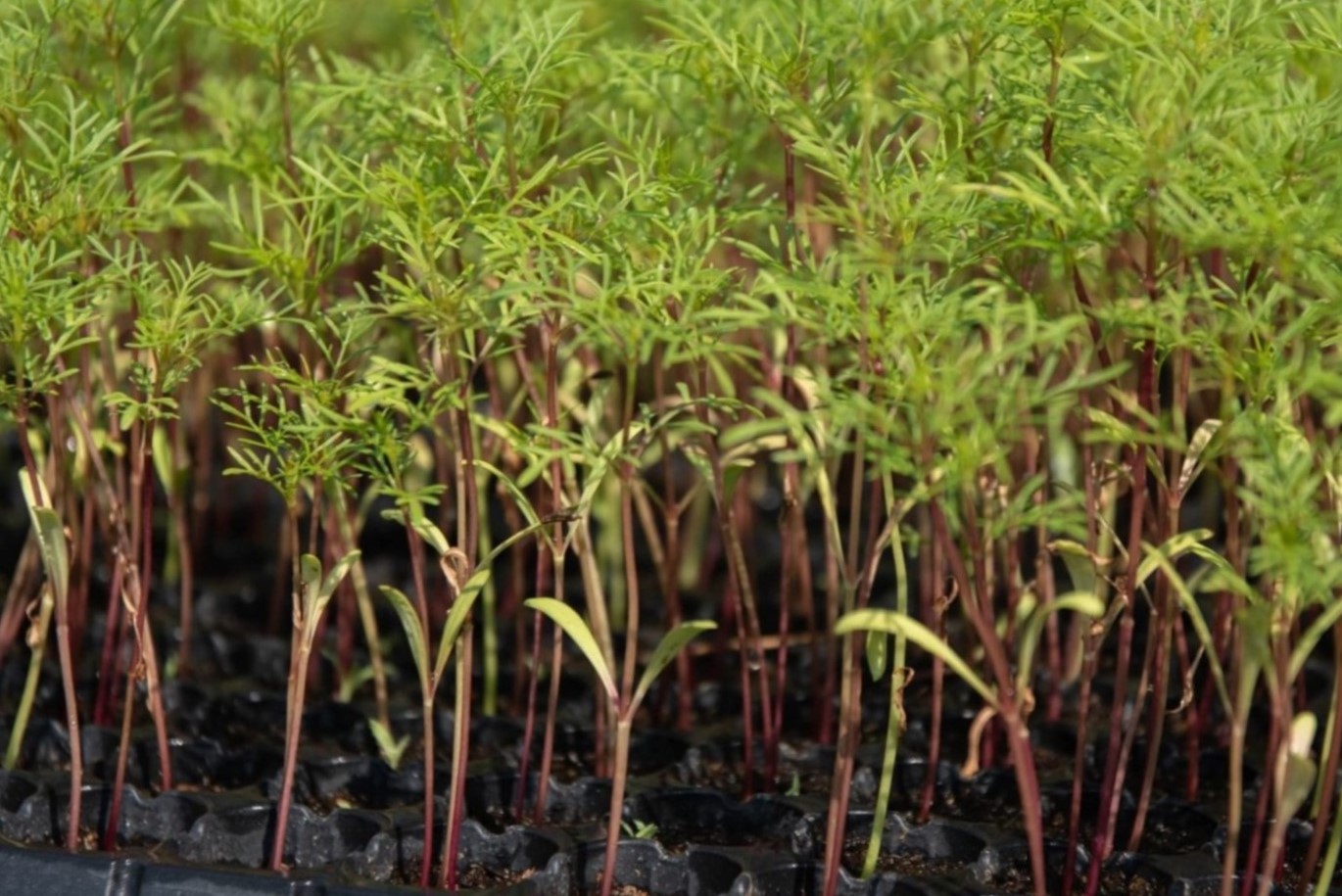
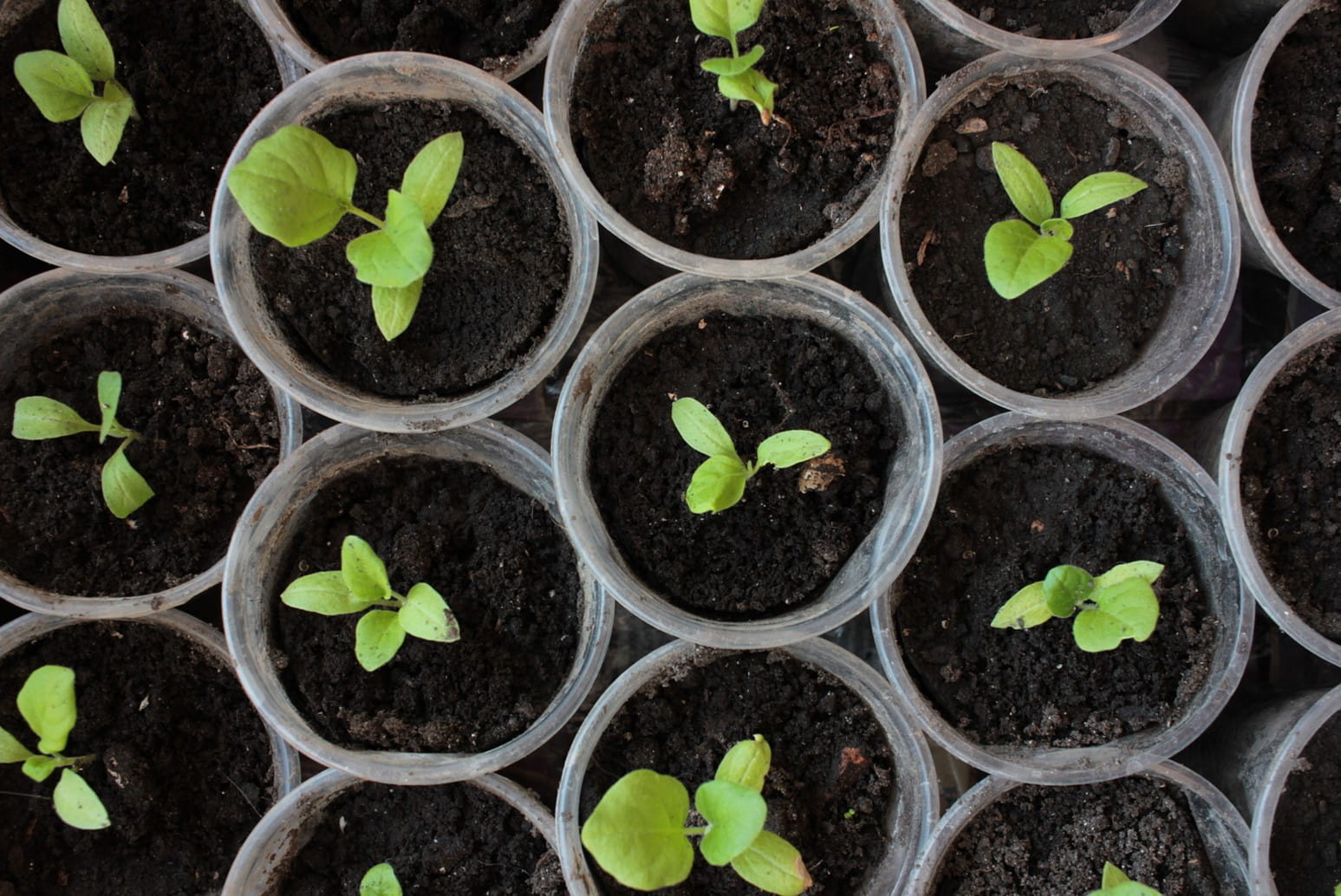
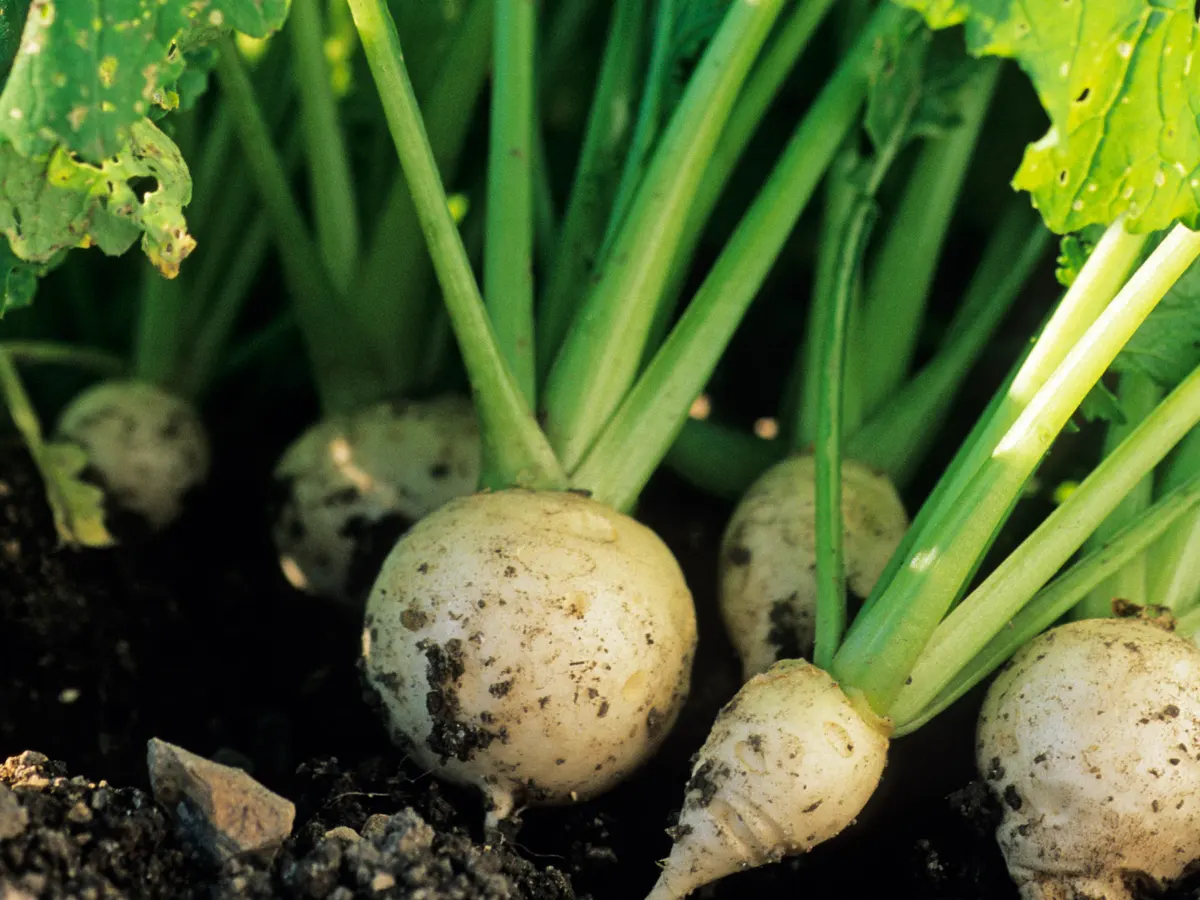
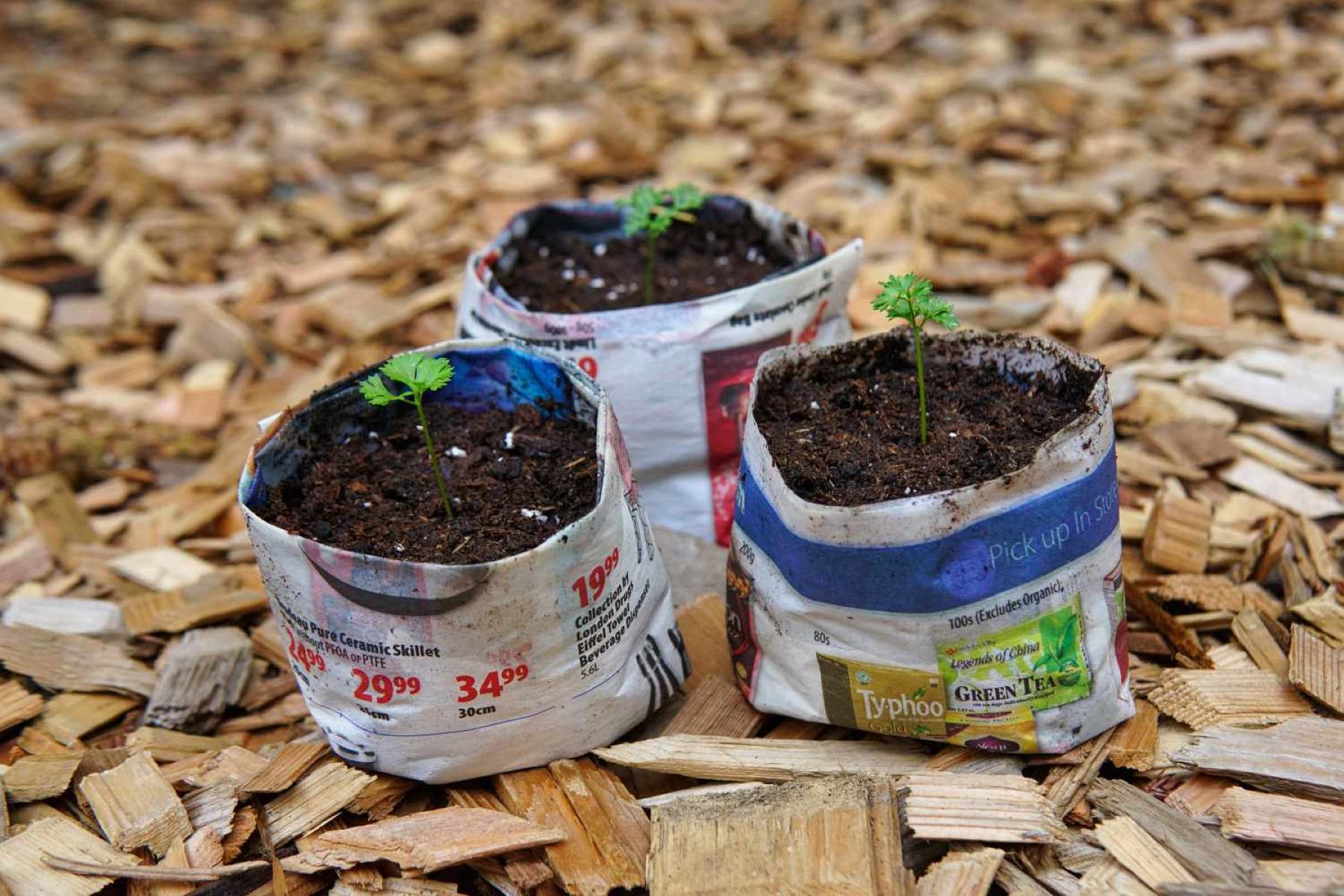
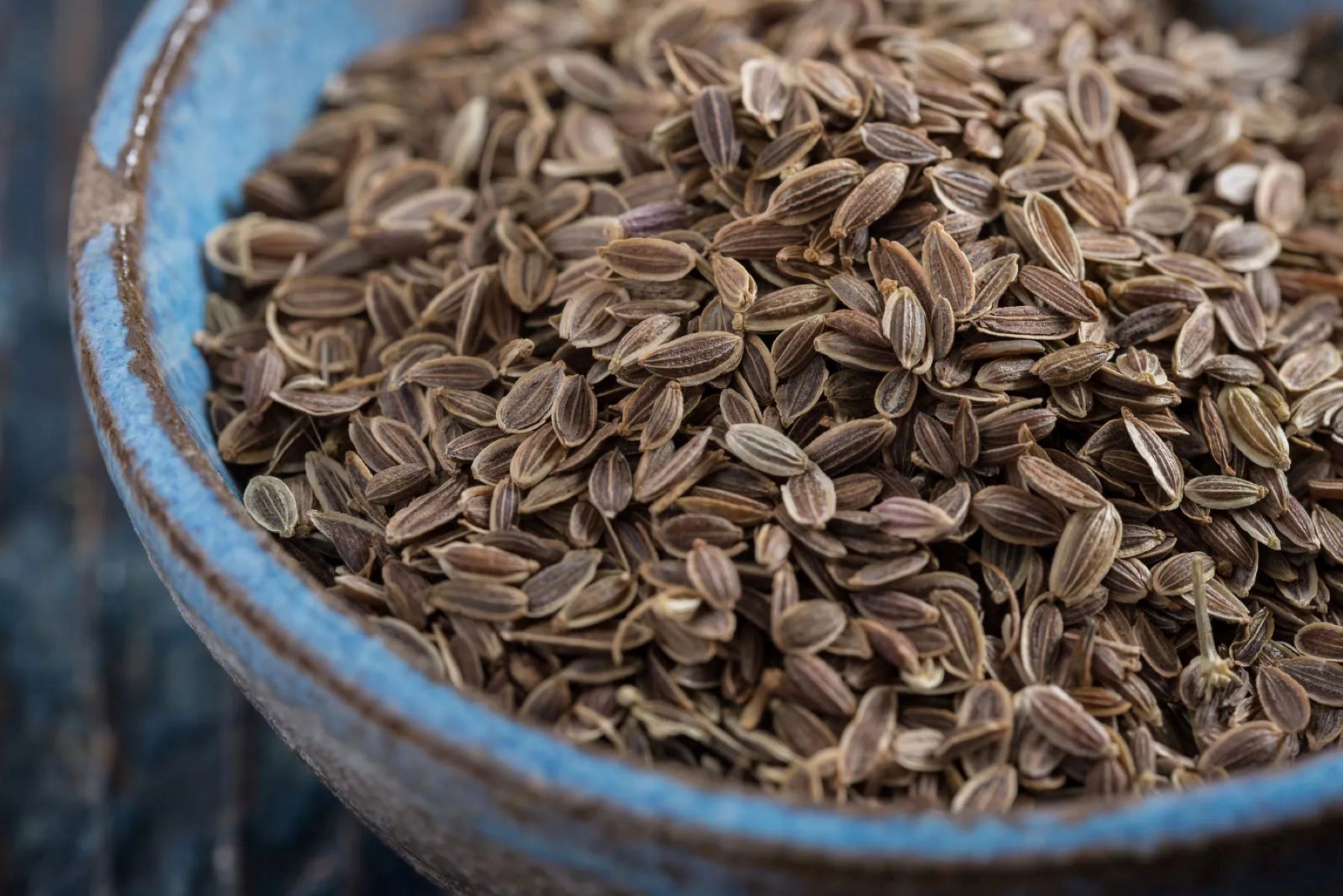
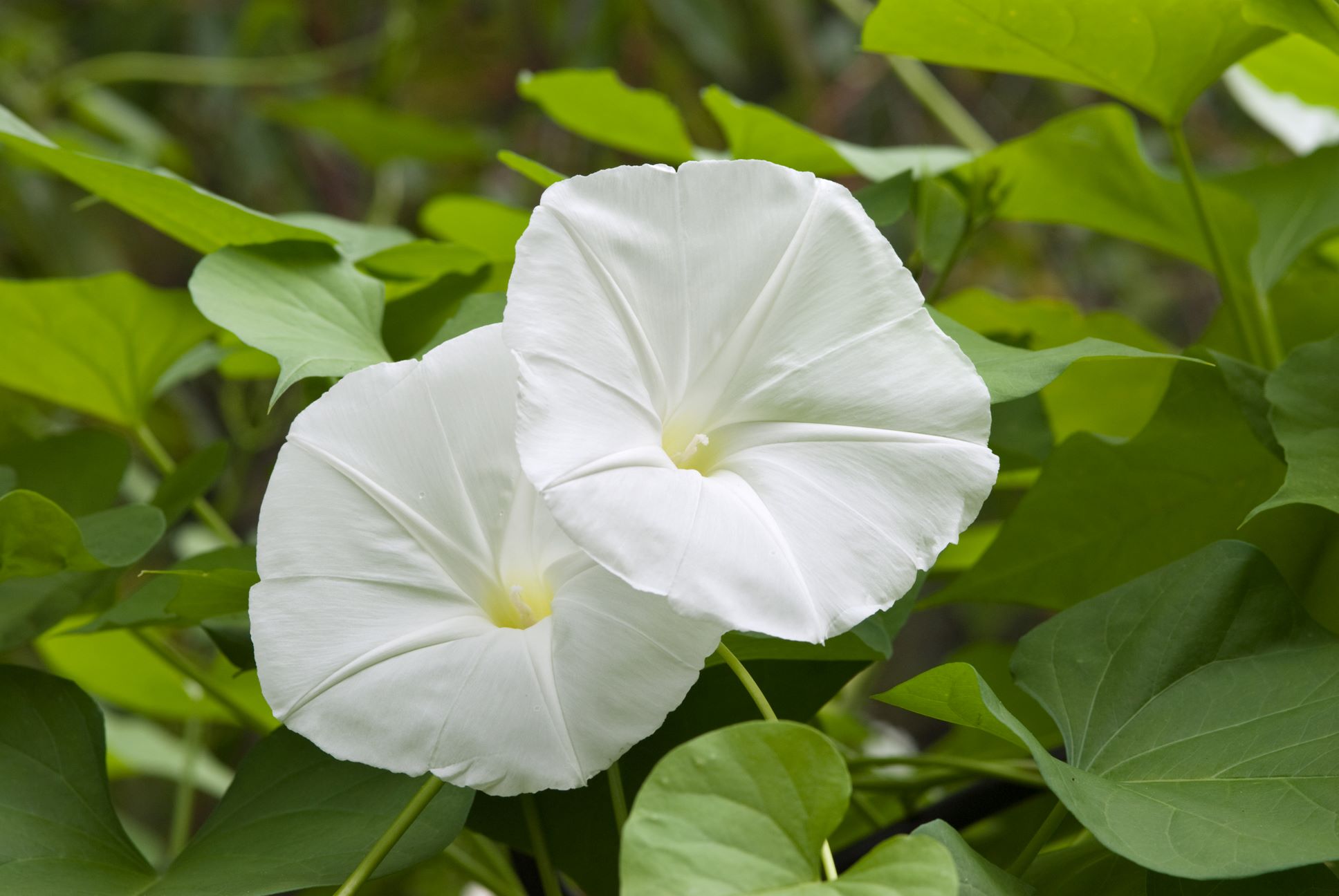
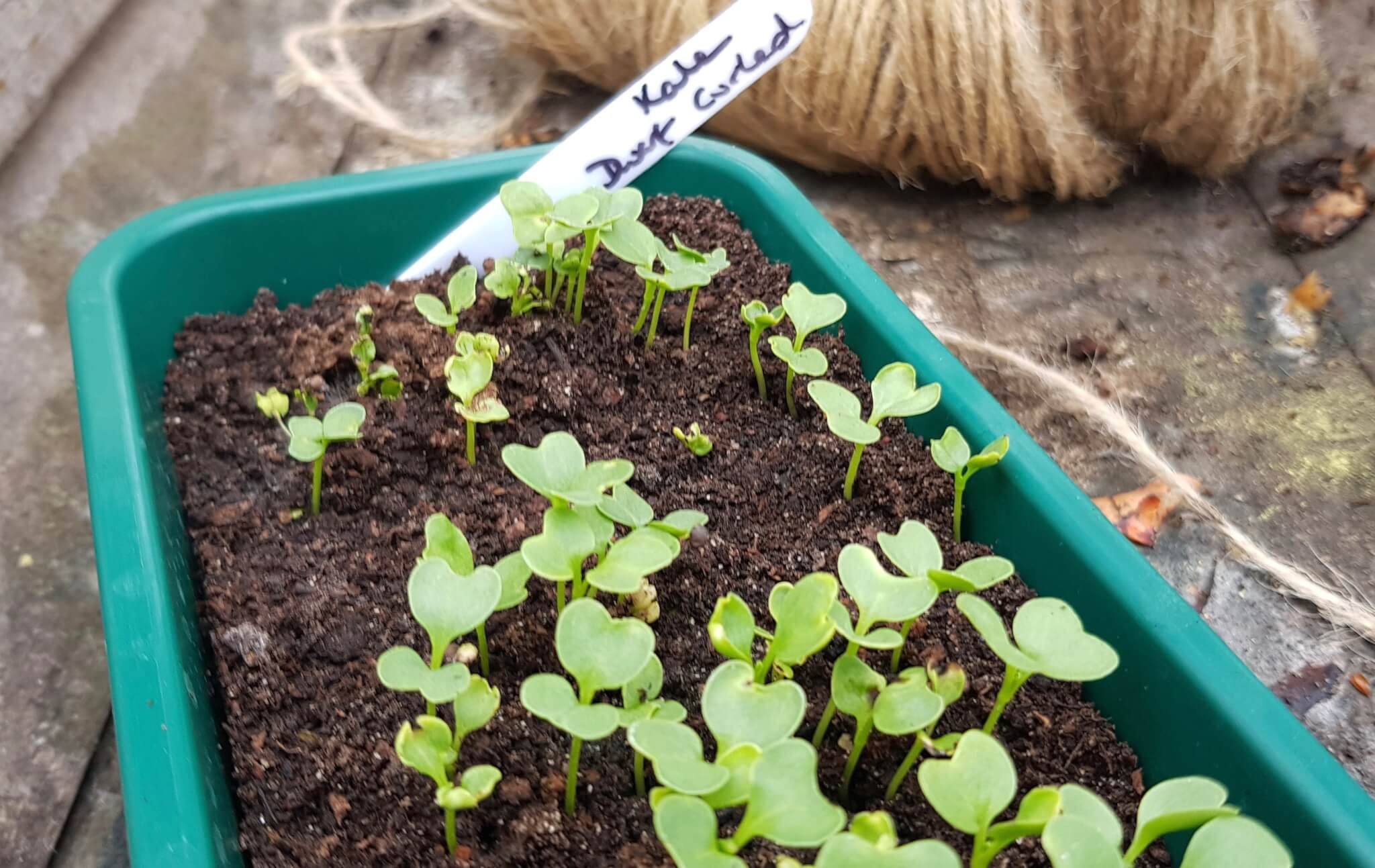
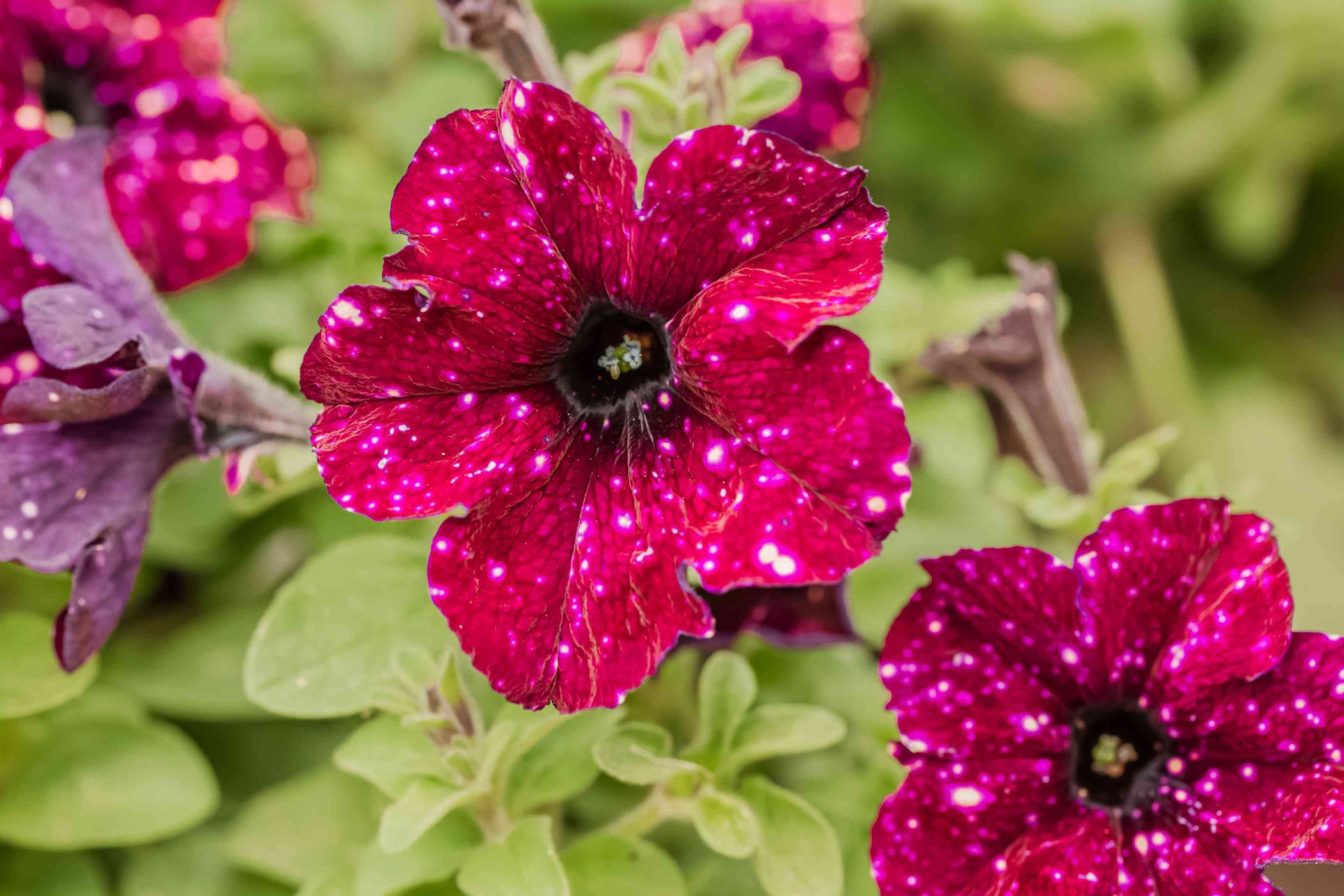
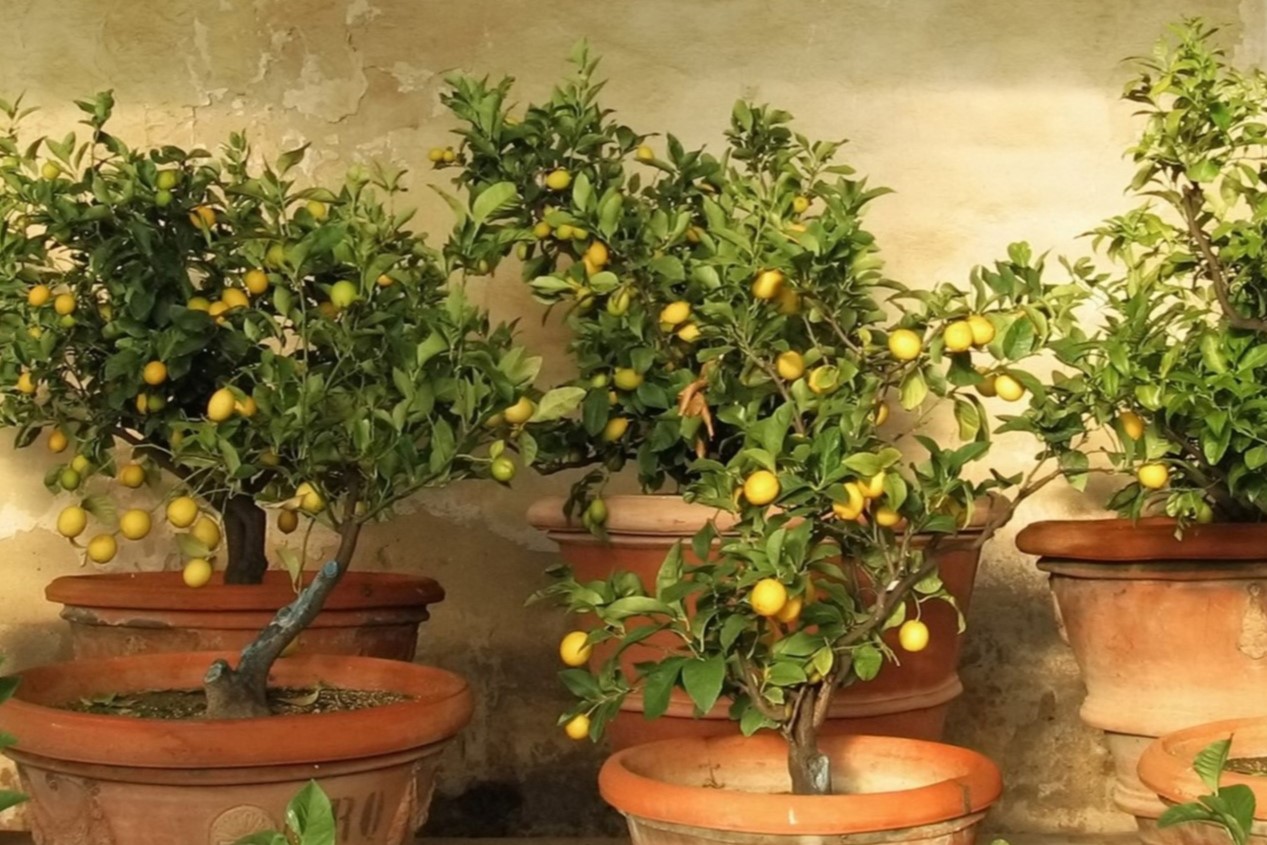
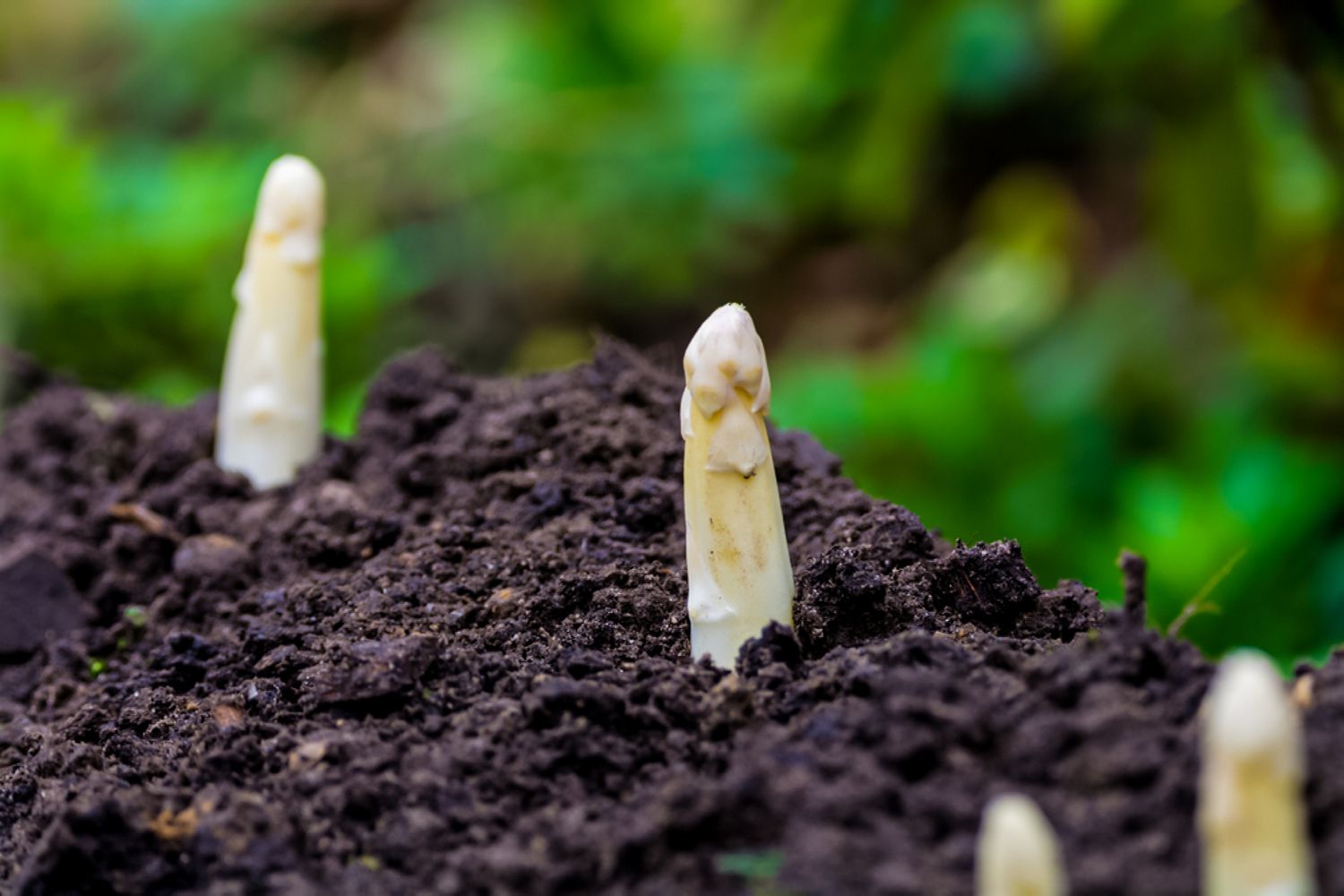
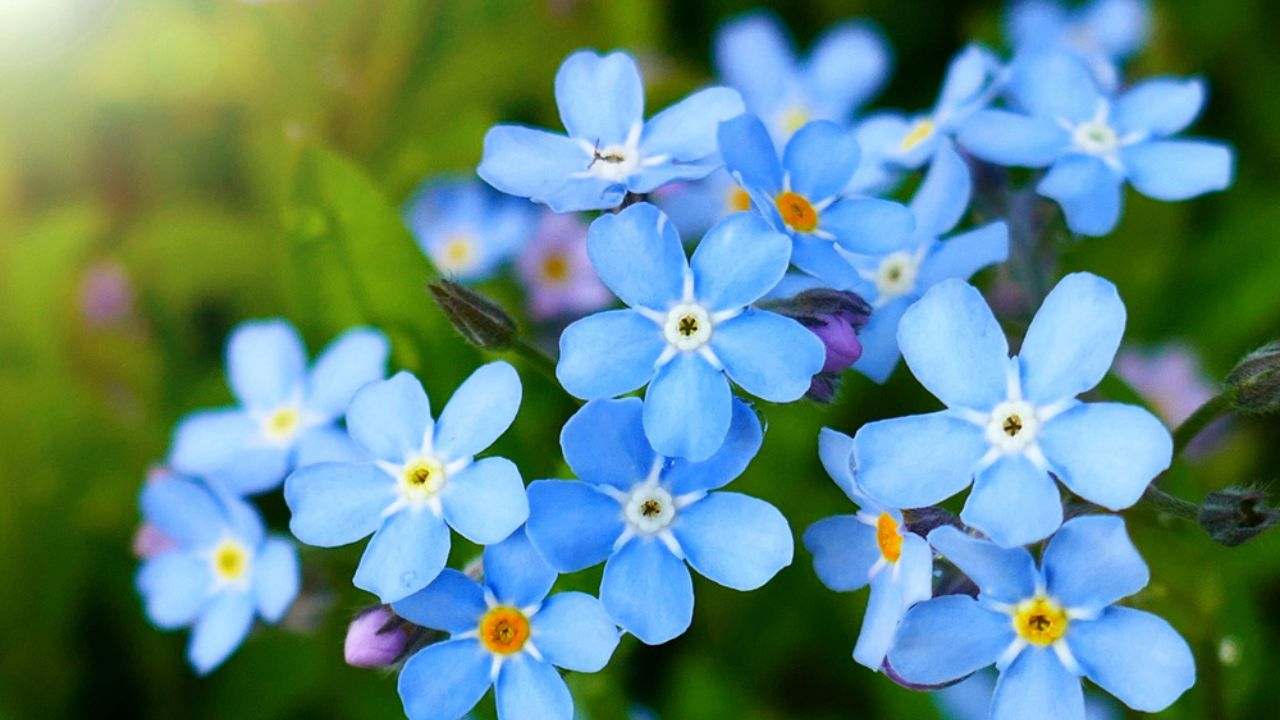


0 thoughts on “How Deep To Plant Mint Seeds”